The C&S Coal Chutes: Pine, Como, Dickey, Pitkin and almost Breckenridge
1 ...
3456789

1 ...
3456789
|
Chris, these snippets of Sanborn Maps, without clear direction indicators, are making me crazy!
 Do I have the various 1897 buildings correctly identified in this view you posted? http://cdm16079.contentdm.oclc.org/cdm/fullbrowser/collection/p15330coll22/id/68423/rv/singleitem/rec/1 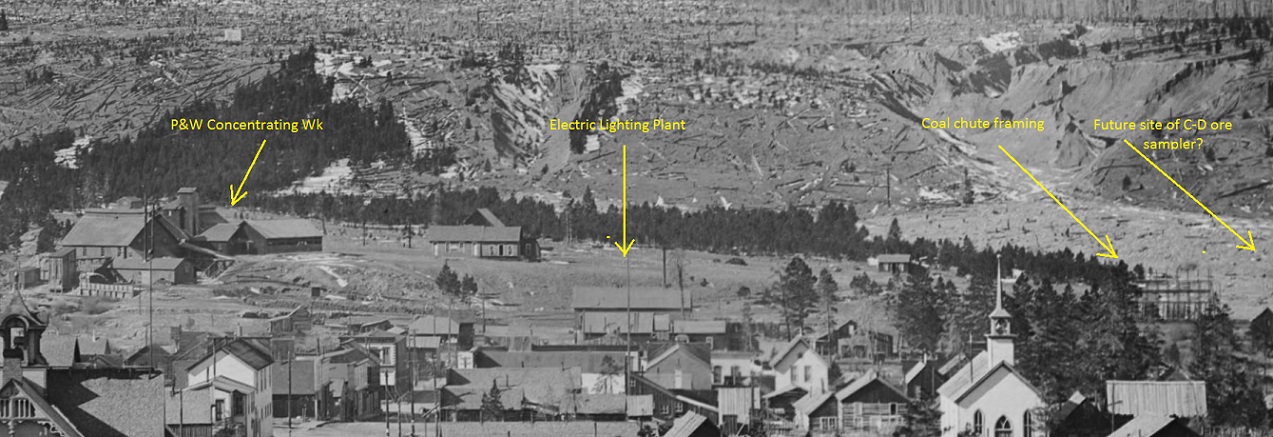 And is this the Electric Light Company in the c1899 photo: http://digital.denverlibrary.org/cdm/fullbrowser/collection/p15330coll22/id/2506/rv/singleitem/rec/302 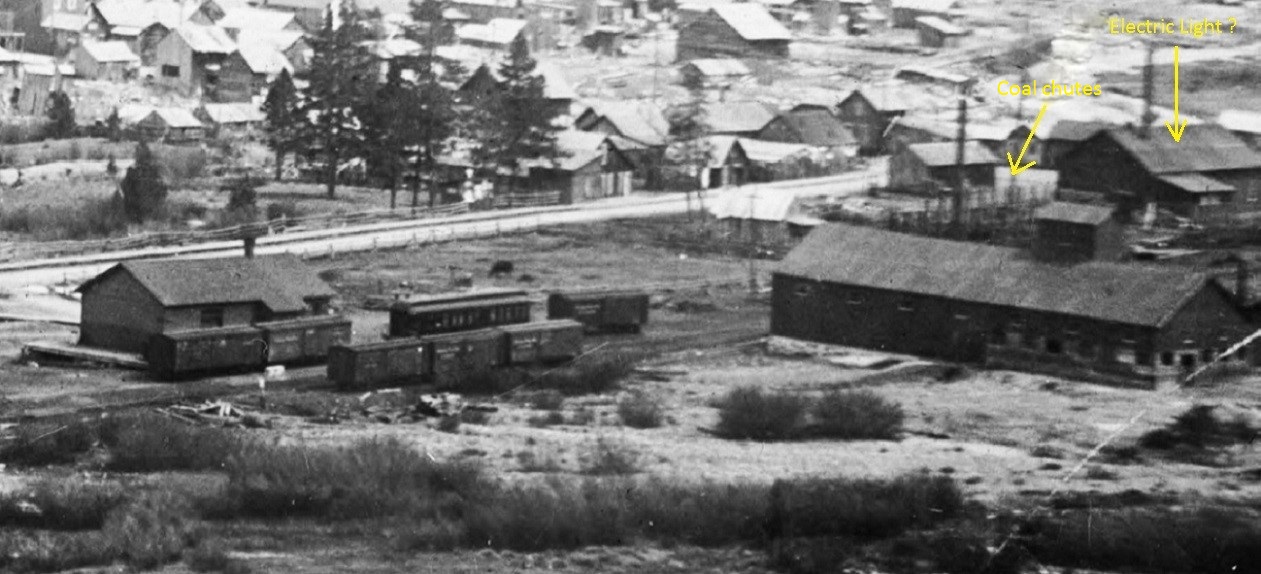 Do you have "Boxing Day" in New Zealand??
Jim Courtney
Poulsbo, WA |
|
Spot on Jim, you have them correct. I've given up on trying to page link to the Norlin, for some reason I cannot keep a link active in my Favourites. There was a notation on the P&W Sanborn indicating North Arrow, on the Sanborn Electric Plant there was the North Arrow and Lincoln Ave ref as well as a notation of 300' to P&W Concentrator, of course it would help if I could link the map ..... :)
And yes, tomorrow the 26th is Boxing Day. And, have you noticed in the Picture from B&TL that there is a Coaldock directly in front of the Breckenridge Depot?
UpSideDownC
in New Zealand |
|
In reply to this post by Jim Courtney
You went to Hospital to eat? Most people go out to a Restaurant to eat, get food poisoning and then go to Hospital 
UpSideDownC
in New Zealand |
|
In reply to this post by Chris Walker
I never thought of Breckenridge as being a major facility for the Railroad. Initially the plat shows that Breckenridge was to be served by a spur and bypassed.
The stories I recollect of operations suggest Breckenridge was between Dickey and Como and a source of business but that was about it? Similar to say Jefferson. |
|
In reply to this post by Chris Walker
Nah, I worked a 24 hour shift at the hospital yesterday. Not much choice as to eating in the evenings I'm afraid.
Jim Courtney
Poulsbo, WA |
|
In reply to this post by ComoDepot
Oh, not so, ComoDepot,
Breckenridge had a lot of fascinating railroad operation in the first decade of the C&S. When this thread runs its course, we seriously need to revisit Breckenridge in depth. I've got a lot of photos that I've been wanting to post. Well, that's what 2016 is for, right?
Jim Courtney
Poulsbo, WA |
|
This post was updated on .
In reply to this post by Chris Walker
Thanks, Chris,
Just as when I'm in the real mountains of Colorado, I become directionally challenged in virtual Colorado as well. I keep forgetting that the C&S ran to the North out of Breckenridge toward Dickey; for some reason I always think of the view toward the Tenmile Peaks as South when they are really West. So the Electric Light Co had its own spur off the main, south of the depot, somewhere in the neighborhood of the water spout? See, just learned something new! Hope your boxed presents are to your liking tomorrow.
Jim Courtney
Poulsbo, WA |
|
http://www.theatlantic.com/technology/archive/2015/12/a-new-kind-of-landscape-photography/421287/?utm_source=SFFB
This may help better visualise Colorado. |
|
In reply to this post by Jim Courtney
Bob's article credits Todd Hackett with finding the detail of the Coal shute while they were visiting with Ed and Nancy Bathke.I haven't found any reasons given for stopping construction.
|
|
In reply to this post by Jim Courtney
In the electric light company photo with three gons and the box car on the curved siding do the second and third gons have a canvas cover rolled up on the top edge or is it just errant pixels?
Merry Christmas all! Bill Uffelman Ocean View DE where it will be 70* today
|
|
At a glance Bill, I'd say that it is the "side-on" appearance of Ore piled up in the Coalcar, such as this view taken at I.S.
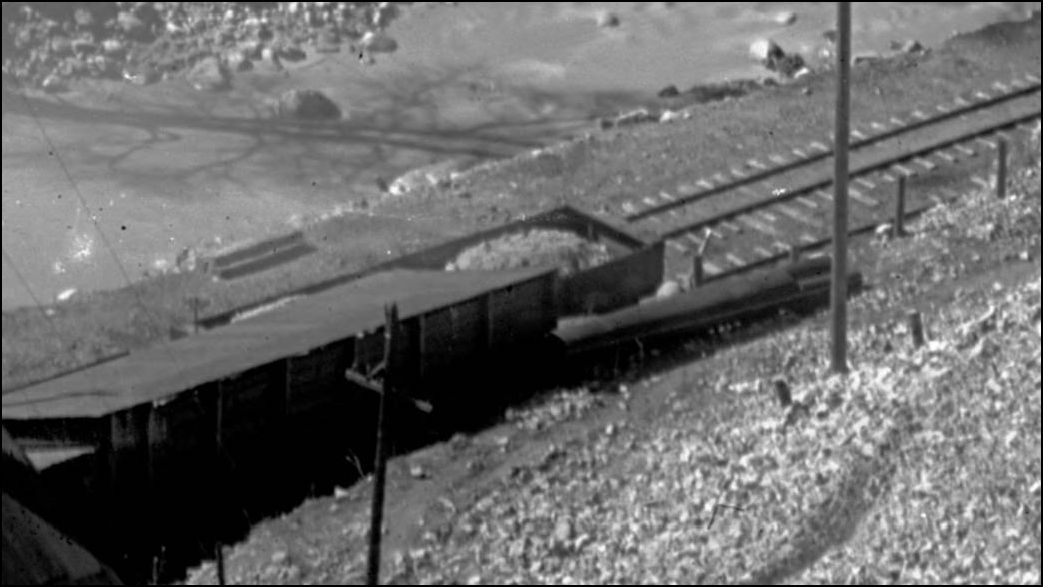 http://digital.denverlibrary.org/cdm/fullbrowser/collection/p15330coll22/id/14256/rv/singleitem/rec/150 and yet another view of the Skeleton....looking at these in a chronological order, it would appear that the order to cease work on constructing the Coalchutes lasted for sometime before a decision was made to relocate them. 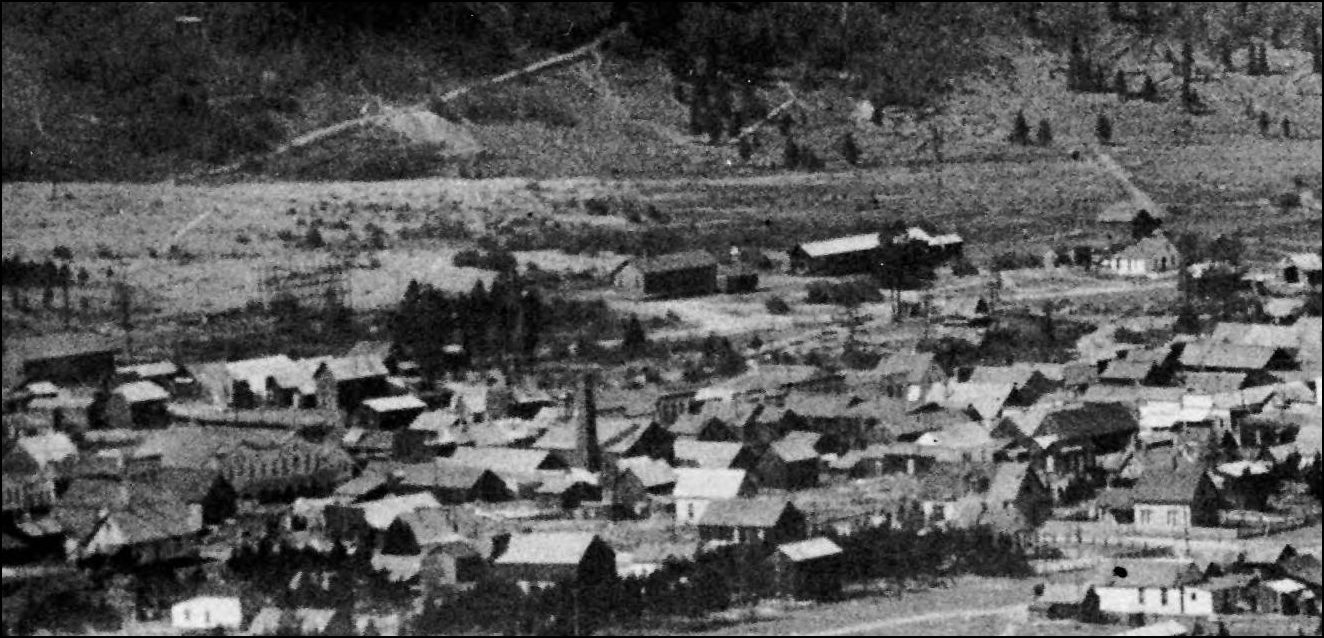 http://digital.denverlibrary.org/cdm/fullbrowser/collection/p15330coll22/id/2436/rv/singleitem/rec/262 and defininately gone by 1909 if that late date is of any use. 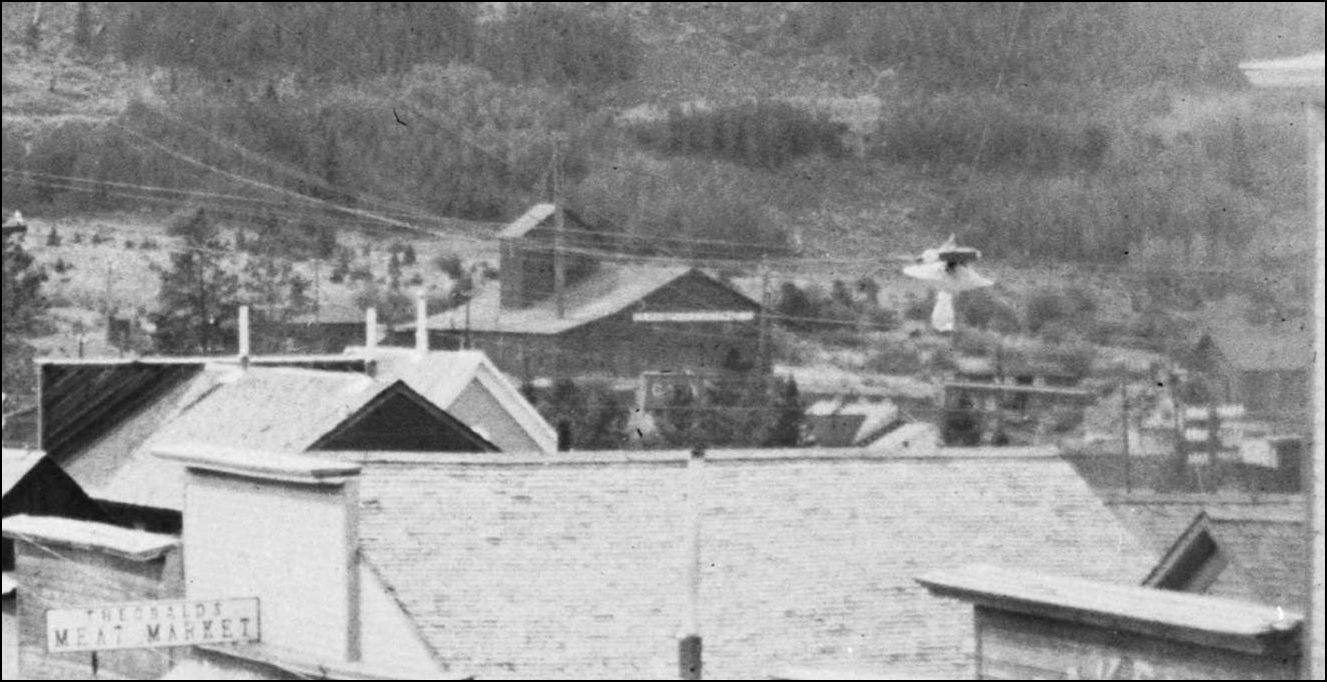 http://digital.denverlibrary.org/cdm/fullbrowser/collection/p15330coll22/id/2545/rv/singleitem/rec/119
UpSideDownC
in New Zealand |
|
In reply to this post by Jim Courtney
Bob Schoppe states in the article that he has no idea why construction was halted. As Robert reported, Bob does come back in the next issue to show that the Como coal chute was in place as early as 1891 (from C&S records found in the Colorado State Archives by Cliff Mestel), so the Breckenridge skeleton was not moved to Como and finished. He also reports finding a couple of hand-wrtitten entries in the 1894 DL&G B&B book; one for the Dickey coal chute (with an illegible date and dimensions), and an entry just above that for a 12’x132’ coal bin in October 1900. Finally, he found a 12’ x 255’ coal bin listed in the 1886 B&B book. (This is in the same paragraph as the above, so presumably he’s still talking about Dickey here.) But he concludes with a statement not far removed from the opening quote of this post: “Anyone have an further info or ideas?”. Chees, Jeff. |
|
Administrator
|
In reply to this post by Jim Courtney
Jim, I completely agree on the idea of two sand houses at Pine Grove. I'd also be pretty surprised if the ashpit was buried in later years. Ashpits are important in locations like this. Cleaning the fires and boring flues were surely done by every fireman on every Westbound freight. Passenger engines as needed, I'd guess. Freight engines for sure. Same as they did at Dickey, it's just a longer steady, and s-l-o-w climb.
Do we think the double-double privys were men/women? I think they were since everything else was, and for good and many reasons. |
|
Administrator
|
In reply to this post by Jeff Young
Jeff, a few random musings, I just got in off the road from a holiday trip to Georgia.
Your earlier post with a picture taken in 1897 shows the coal chutes under construction in Breckenridge. If I were to hazard a guess, it would be that the construction was delayed by the UP, and then removed by the C&S as one of the first items of business in 1899/1900 for the simple reason that it just wasn't needed. Breckenridge is only 7 miles East of Dickey, with only a mild upgrade. Dickey was an extremely important location in both directions of the main line, and there was an enginehouse for six engines which could also be used as a Rotary station as needed. As I see it, the question isn't so much why construction was halted, as why did anybody possibly think it should have been built at Breckenridge in the first place? The answer probably lies in studying the chronology of construction at Dickey. It could be a situation of tax implications, or even securing real estate for the expanded facilities at Breckenridge. For whatever reason, Dickey is a much more logical place for the requisite facilities for a helper station than Breckenridge. And there is no way both coaling chutes could possibly have been warranted. As to the coaling bins, or platforms, there were at least four of them at Dickey and they may have been all of different sizes. So there's no telling which was what regarding individual dimensions. I found the information posted earlier in this thread of some 2000 tons at Dickey to be quite telling, along with the 96 tons in the chutes. The old "bins" were all built by the DSP&P. The chutes were undertaken, apparently, by the DL&G, even though both were UP owned. I don't know if this might help clear anything up, but it should probably be considered. Sometimes the simplest answers are the best. |
|
This post was updated on .
Mike,
just how important was Dickey pre-C&S, in as much to warrant the relocation of the Chutes at Breckenridge to Dickey to replace the inefficient Coaldocks? The Chamberlain Sampler appears on the 1902 Sanborn Map for the first time, I am unaware of any maps in between the five year period of being redrawn so if anyone knows different please share. EDIT: I forgot to elaborate on that map hiccup: the Chamberlain could have been in existance prior to the issuance of the updated map in 1902, the Union Pacific Lettering is on every car in this picture http://digital.denverlibrary.org/cdm/fullbrowser/collection/p15330coll22/id/2506/rv/singleitem/rec/302 so a question arises, how soon did the C&S get the rolling Stock relettered after takeover? John's timeline puts it on new car construction http://c-sn3-discussion-forum.41377.n7.nabble.com/Train-Time-in-Morrison-tp4090p4137.html so what is the earliest this picture showing the Chute Skeleton and the Chamberlain Sampler been taken?
UpSideDownC
in New Zealand |
|
Administrator
|
Chris, I don't know, and I don't know that anybody that does know when the large Engine house and the twelve chutes were built at Dickey.
But I am certain that the massive coaling platforms at Dickey were built by the DSP&P, so it is obvious that Dickey was deemed critically important as a coaling station for helper and road locomotives in both directions very early on. If we didn't have photographs of the chutes under construction at Breckenridge in 1897, it would seem unbelievable that such a folly would even have been possible. Yet there it is. It does seem likely that the engine house was already in place in Dickey before 1897, which makes this discussion even more of a mystery. Try as I might, I can't imagine any scenario that would justify such a seemingly ridiculous waste of resources, labor, and expense. One of the photos posted by Jeff, I think, shows what I believe to be the Breckenridge coaling platform across the tracks and just off center from the depot. It appears to be about 60 feet in length, about two boxcar lengths long, which would be about right for Breckenridge in any year. Breckenridge could never have justified a major coaling station being that close to Dickey, which certainly did justify both the effort and expense. Lord knows I've been wrong my share of the time, and I'll gladly concede the point if there is one to be made. |
given that the UP controlled the line and was in receivership 'til 1897, maybe some paper pusher in Omaha who had never been to Colorado looked at the map and thought Breckenridge made perfect sense based on Mileage or wind direction. Thus the Chutes were started only to be suspended by some accountant slashing expenditure soon after, Coaldocks continued to be used and the men kept on shovelling until C&S took over and rearranged things. Just how much would a Coalshoveller be paid in that time, something like $2.25 a day. Looking at the Coaldock in the B&TL photo from Jeff, apparently there was no black diamonds to be found on those planks and the Dock was gone by the completion of the Chamberlain.
UpSideDownC
in New Zealand |
|
Administrator
|
That's as good an answer as any other, Chris!
|
|
In reply to this post by Mike Trent
Apart from being a junction there was a lot more space available at Dickey and everything from there was up.
Breckenridge is relatively confined and was a town of significance when the Railroad arrived, Dickey I do not think was ever a town and was agricultural so land must have been a lot cheaper. |
Re: The C&S Coal Chutes: Four bins? Six Bins? Eight Bins? Twelve Bins?
|
In reply to this post by Jim Courtney
Sorry it took so long to respond, have been so busy. There were 10 pockets at Como, as documented in the 1918 ICC Valuation Summary Notes. That portion of the page was cut-off when I originally posted it for you, so here it is again. My original model of the Como Coal Pockets had 8, which was a "selective compression compromise". I later decided that the Coal Pockets and Roundhouse were so important to the layout's flavor that selective compression just wouldn't do. So I rebuilt and recently completed the new model. Will update blog, ASAP. 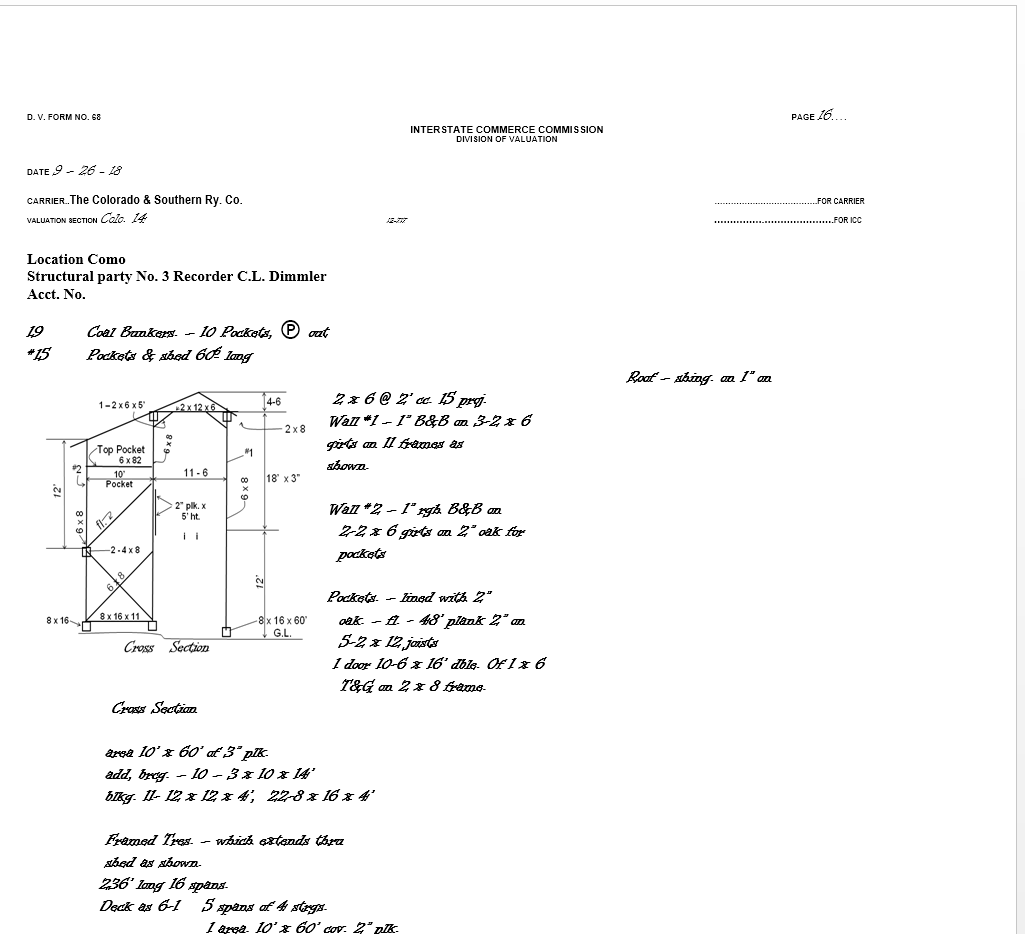
|
«
Return to C&Sng Discussion Forum
|
1 view|%1 views
| Free forum by Nabble | Edit this page |





